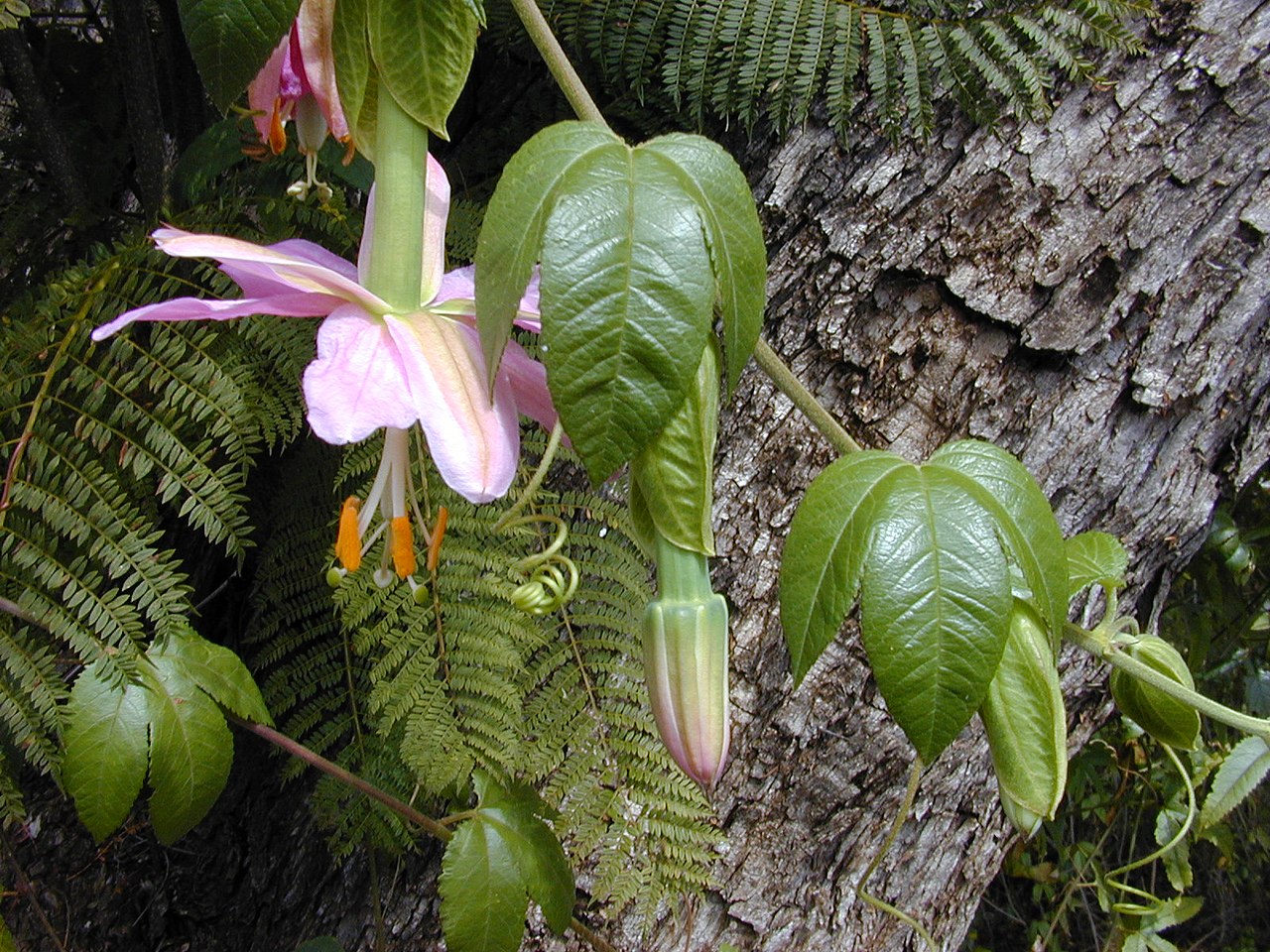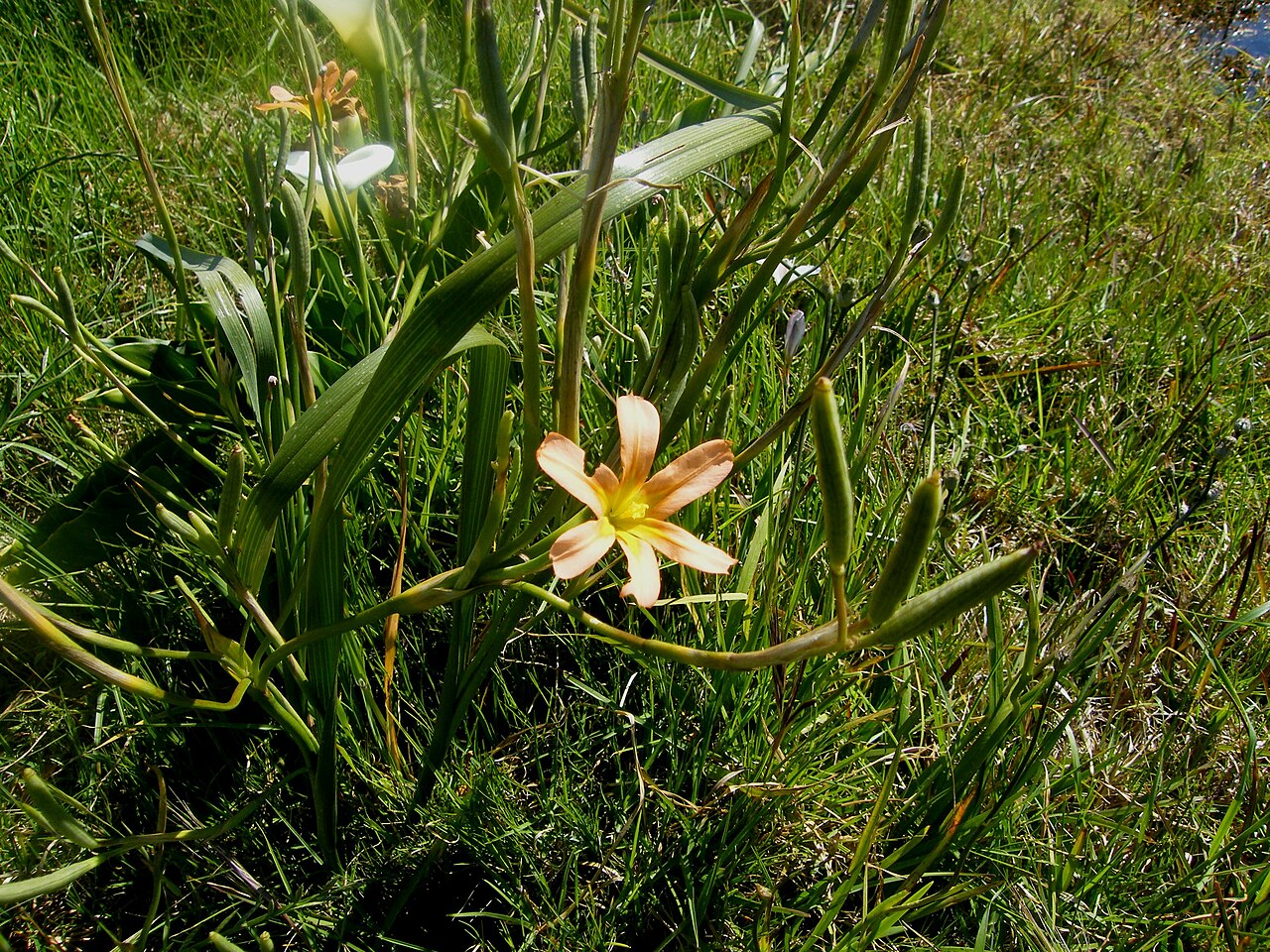
Common Name
Leucaena, Lead tree, Vi Vi and Coffee bush
Scientific Name
Leucaena leucocephala
Family
Fabaceae
Lifecycle
Perennial
Seasons of Growth
Year-round
Key Distinguishing Feature
Small tree with bipinnate leaves and white flowers
• Growth Form: Leucaena can vary in growth form, from a small shrub to a small tree, typically reaching heights of 2-8 meters (6.5-26 feet). It has a spreading canopy.
• Leaves: The leaves are compound and pinnately arranged, with numerous small leaflets along a central stem. They are typically bright green and have a feathery appearance.
• Flowers: The flowers are small, white to pale yellow, and borne in spherical clusters (heads) that are characteristic of plants in the pea family.
• Fruit: The fruit is a long, slender pod containing seeds.
• Habitat: Leucaena is commonly found in a variety of habitats, including pastures, roadsides, disturbed areas, and as a cultivated forage crop. It is native to Central and South America but has been introduced to other regions for forage and soil improvement purposes.
Ecological Impact:
Leucaena is regarded as an environmental weed in Queensland, the Northern Territory, Western Australia, New South Wales, and on Christmas Island. Leucaena can form dense stands in certain environments, particularly in riparian areas and grasslands. This can alter the natural structure and composition of habitats, potentially leading to reduced habitat availability for native species.
Cultivated Varieties:
• Some cultivated varieties of Leucaena have been developed for forage production and are valued for their nitrogen-fixing ability and as a feed source for livestock.
Control Methods:
Weed Control Methods:
Controlling invasive Leucaena typically involves a combination of methods to reduce its spread and impact on native ecosystems. Here are some control methods:
1. Mechanical Control:
• Cutting and Removal: For smaller Leucaena plants, cutting them down close to the ground and removing the cut material can prevent seed production and regrowth. Remove the entire root system if possible.
• Mowing or Slashing: In some cases, mowing or slashing Leucaena stands can help reduce their density. This should be followed by removing the cut material to prevent regrowth.
2. Chemical Control:
• Herbicides: Herbicides may be used for larger or more persistent infestations. Selective herbicides designed for woody plant control can be applied following manufacturer instructions and safety guidelines.
Key Products for Control:
-
BioHerbicide Di-Bak AM - Aminopyralid and Metsulfuron methyl
-
Indigo Rapid Fire 510 - Glyphosate (present as the isopropylamine salt)
-
Indigo Rapid Fire 800 - Glyphosate (present as acid and ammonium salt)




